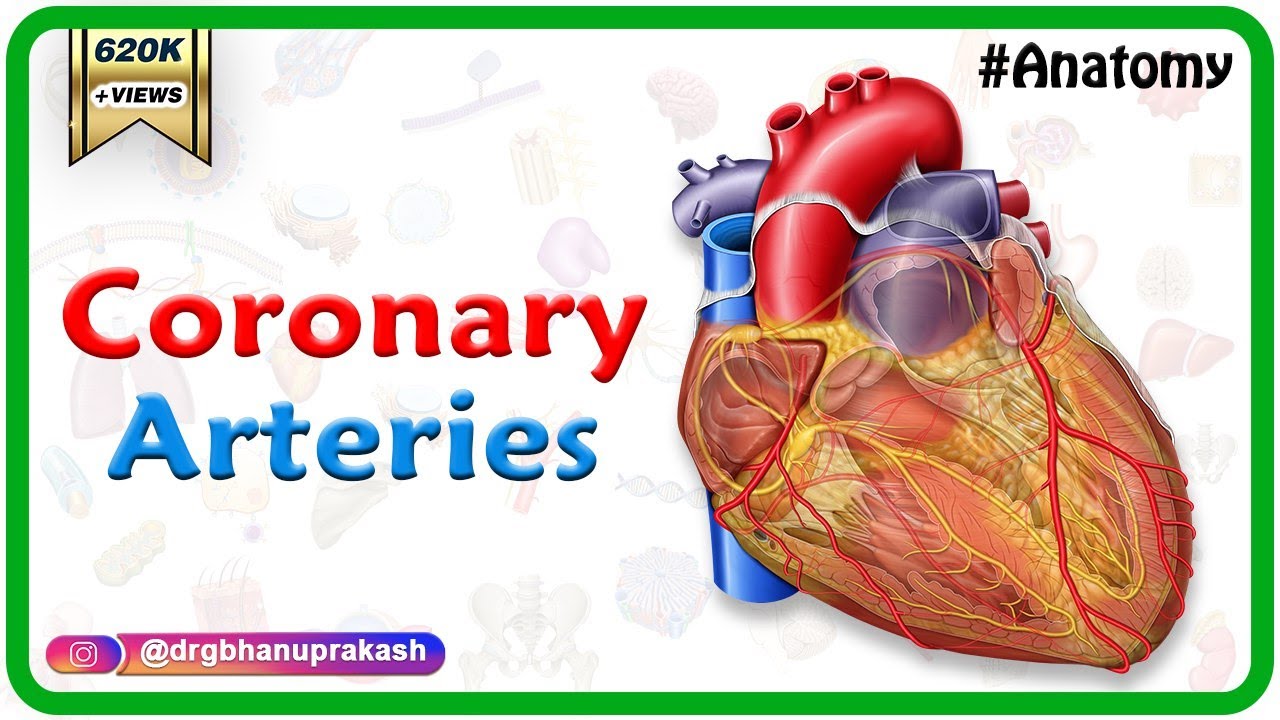Cardiac Remodeling - Part 1 - The Pathogenesis
Summary
TLDRThis video delves into the concept of cardiac remodeling, explaining how changes in the size, shape, and function of the heart occur after events like myocardial infarction (heart attack). The process starts with damage to heart cells, leading to reduced cardiac output and activation of the sympathetic nervous system. This triggers a cascade of reactions through the renin-angiotensin-aldosterone system, causing vasoconstriction and fluid retention. Over time, the heart enlarges to compensate, but ultimately results in chronic heart failure if left untreated. The video sets the stage for discussing pharmacological interventions to slow disease progression.
Takeaways
- 😀 Cardiac remodeling refers to changes in the size, shape, and function of the heart, often leading to an enlargement of the ventricular walls.
- 😀 The main causes of cardiac remodeling include myocardial infarction (heart attack), pressure overload (such as hypertension), and valvular regurgitation.
- 😀 After a heart attack, damaged heart cells reduce cardiac output, triggering the baroreceptors and activating the sympathetic nervous system.
- 😀 Activation of the sympathetic nervous system releases catecholamines, which stimulate beta and alpha receptors in the heart.
- 😀 Catecholamines trigger the release of renin, which helps convert angiotensinogen to angiotensin 1, leading to increased blood pressure and fluid retention.
- 😀 Angiotensin 1 is converted to angiotensin 2 through ACE inhibitors in the lungs, which causes vasoconstriction and further raises blood pressure.
- 😀 Angiotensin 2 also stimulates the release of aldosterone, leading to sodium retention and fluid buildup, which increases pressure on the heart.
- 😀 The body’s attempts to maintain cardiac output after heart damage include vasoconstriction and fluid retention, making the heart work harder to pump blood.
- 😀 As the heart compensates by enlarging its ventricular walls, the heart's ability to hold volume decreases, further lowering cardiac output.
- 😀 If left untreated, the continuous cycle of increased workload, vasoconstriction, and fluid retention can lead to chronic heart failure and eventually death.
Q & A
What is cardiac remodeling?
-Cardiac remodeling refers to changes in the size, shape, and function of the heart, particularly involving the enlargement of the ventricular walls.
What are the common causes of cardiac remodeling?
-Common causes of cardiac remodeling include myocardial infarction (heart attack), pressure overload from conditions like hypertension or aortic stenosis, inflammation such as myocarditis, idiopathic dilated cardiomyopathy, and volume overload caused by valvular regurgitation.
What role do baroreceptors play in cardiac remodeling?
-Baroreceptors are activated when cardiac output is reduced, signaling the sympathetic nervous system to release catecholamines, which lead to a cascade of events trying to restore normal cardiac function.
How does myocardial infarction contribute to cardiac remodeling?
-After a heart attack, damaged heart cells reduce cardiac output, which activates the sympathetic nervous system and starts a compensatory cycle involving vasoconstriction and fluid retention, ultimately leading to ventricular enlargement and remodeling.
How does the sympathetic nervous system contribute to cardiac remodeling?
-The sympathetic nervous system releases catecholamines, which activate beta and alpha receptors, leading to a series of reactions that increase vasoconstriction and fluid retention to try to maintain cardiac output.
What is the role of angiotensin 2 in the process of cardiac remodeling?
-Angiotensin 2 is produced from angiotensin 1 via ACE (angiotensin-converting enzyme) in the lungs. It causes vasoconstriction and stimulates aldosterone release, which leads to sodium retention, increasing blood volume and pressure, further straining the heart.
How does vasoconstriction affect cardiac function after a heart attack?
-Vasoconstriction increases the resistance the heart has to pump against, causing the heart to work harder and leading to further enlargement of the ventricle walls, which reduces the volume the heart can pump.
Why does the heart enlarge in response to cardiac remodeling?
-The heart enlarges as a compensatory mechanism to cope with the damage caused by the loss of functional heart cells. The heart tries to maintain its output by increasing the size of the ventricles, but this eventually reduces the heart’s efficiency.
What happens if cardiac remodeling is left untreated?
-If left untreated, cardiac remodeling can progress to chronic heart failure, which, if unresolved, can lead to death.
What is the next step after discussing the pathophysiology of cardiac remodeling?
-The next step is to discuss pharmacological management and how medications can slow the progression of heart failure and improve patient outcomes.
Outlines

Этот раздел доступен только подписчикам платных тарифов. Пожалуйста, перейдите на платный тариф для доступа.
Перейти на платный тарифMindmap

Этот раздел доступен только подписчикам платных тарифов. Пожалуйста, перейдите на платный тариф для доступа.
Перейти на платный тарифKeywords

Этот раздел доступен только подписчикам платных тарифов. Пожалуйста, перейдите на платный тариф для доступа.
Перейти на платный тарифHighlights

Этот раздел доступен только подписчикам платных тарифов. Пожалуйста, перейдите на платный тариф для доступа.
Перейти на платный тарифTranscripts

Этот раздел доступен только подписчикам платных тарифов. Пожалуйста, перейдите на платный тариф для доступа.
Перейти на платный тарифПосмотреть больше похожих видео

Heart Disease and Heart Attacks

Myocardial Infarction[Heart Attack]; Causes, Pathogenesis, Signs & Symptoms, Diagnosis & Treatment

Acute Coronary Syndrome DETAILED Overview (MI, STEMI, NSTEMI)

Coronary arteries Anatomy / Blood supply of Heart / Arterial supply of heart : Animation

Heart Disease Animation YouTube

CARDIOPATIA ISQUÊMICA E INSUFICIÊNCIA CARDÍACA CONGESTIVA - PATOLOGIA 28
5.0 / 5 (0 votes)
